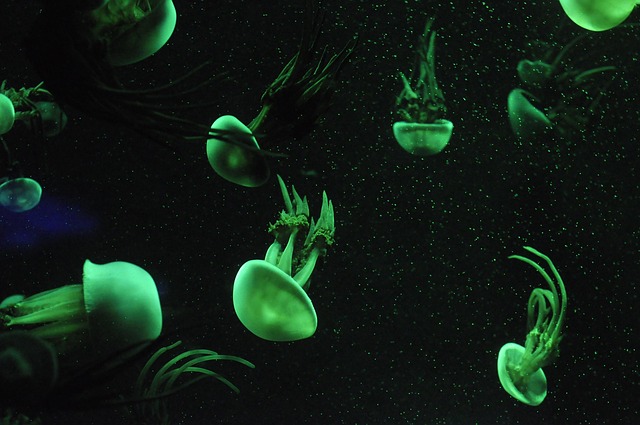
Brine Shrimp: The Tiny Titans of the Aquatic World
Welcome to the fascinating world of brine shrimp, those tiny creatures that could easily be mistaken for aquatic confetti! Scientifically known as Artemia, these little critters are not just a snack for fish; they’re a whole ecosystem in a shell. Let’s dive into the salty depths and discover what makes these miniature marvels so special.
A Brief History of Brine Shrimp
Brine shrimp have been around for quite a while—about 5.5 million years to be exact! They originated from the Mediterranean area, right around the time things got a bit salty during the Messinian salinity crisis. Talk about a dramatic family history! Since then, they’ve diversified into a group of seven to nine species, each with its own quirks and charms. 🦐
Life Cycle and Habitat
These tiny wonders thrive in extreme environments, like salt lakes and ponds, where most creatures would throw in the towel. The Great Salt Lake in Utah is a hotspot for harvesting brine shrimp cysts, which are like little time capsules just waiting to hatch. When conditions are right, these cysts can remain dormant for years, only to spring to life when they encounter water. Talk about a dramatic entrance!
Feeding Frenzy: The Role of Brine Shrimp in Aquaculture
Brine shrimp are the go-to snack for larval fish and crustaceans, making them a vital part of the aquaculture food chain. Each year, over 2,000 metric tons of dry Artemia cysts are marketed worldwide. That’s a lot of shrimp! These little guys are not just nutritious; they’re also easy to store, making them a convenient live feed option. No wonder they’re so popular in fish farms!
Brain Power: Or Lack Thereof
Interestingly, brine shrimp don’t rely solely on their brains to function. Many of their bodily functions, like swimming and digestion, are controlled by local nervous system ganglia. It’s like having a mini command center spread throughout their bodies! And if they need to defend themselves, they can shed parts of their body in a process called autotomy. Talk about a dramatic exit strategy!
The Bottom Line
Brine shrimp may be tiny, but they play a giant role in the aquatic ecosystem and aquaculture. With their ability to survive in harsh conditions and their nutritional value, they’re not just a snack for fish; they’re a staple in the marine food chain. So, the next time you see a fish swimming happily, just remember: it might have brine shrimp to thank for its well-fed belly!
Join the Conversation!
What’s your favorite fact about brine shrimp? Have you ever used them in your aquarium? Share your thoughts below!

















 Learning Objectives in Lesson Plans
Learning Objectives in Lesson Plans 
 Health
Health  Fitness
Fitness  Lifestyle
Lifestyle  Tech
Tech  Travel
Travel  Food
Food  Education
Education  Parenting
Parenting  Career & Work
Career & Work  Hobbies
Hobbies  Wellness
Wellness  Beauty
Beauty  Cars
Cars  Art
Art  Science
Science  Culture
Culture  Books
Books  Music
Music  Movies
Movies  Gaming
Gaming  Sports
Sports  Nature
Nature  Home & Garden
Home & Garden  Business & Finance
Business & Finance  Relationships
Relationships  Pets
Pets  Shopping
Shopping  Mindset & Inspiration
Mindset & Inspiration  Environment
Environment  Gadgets
Gadgets  Politics
Politics 